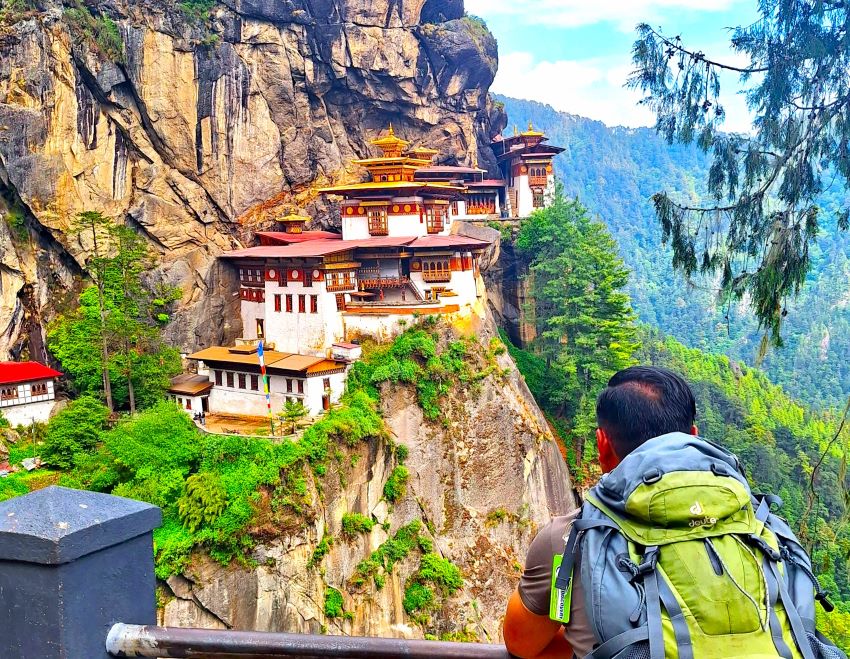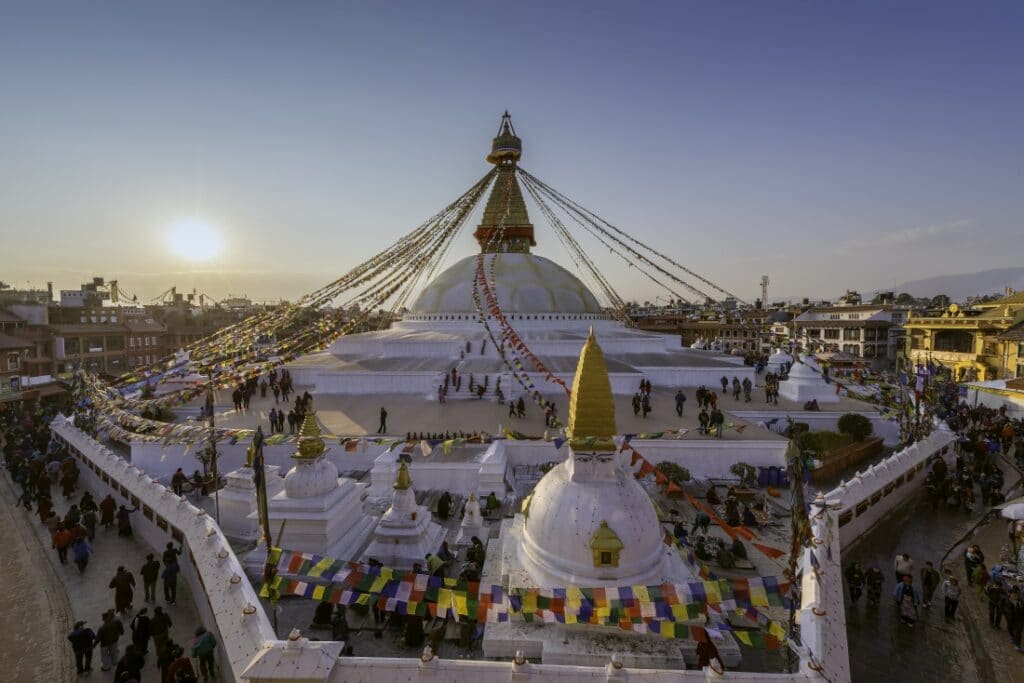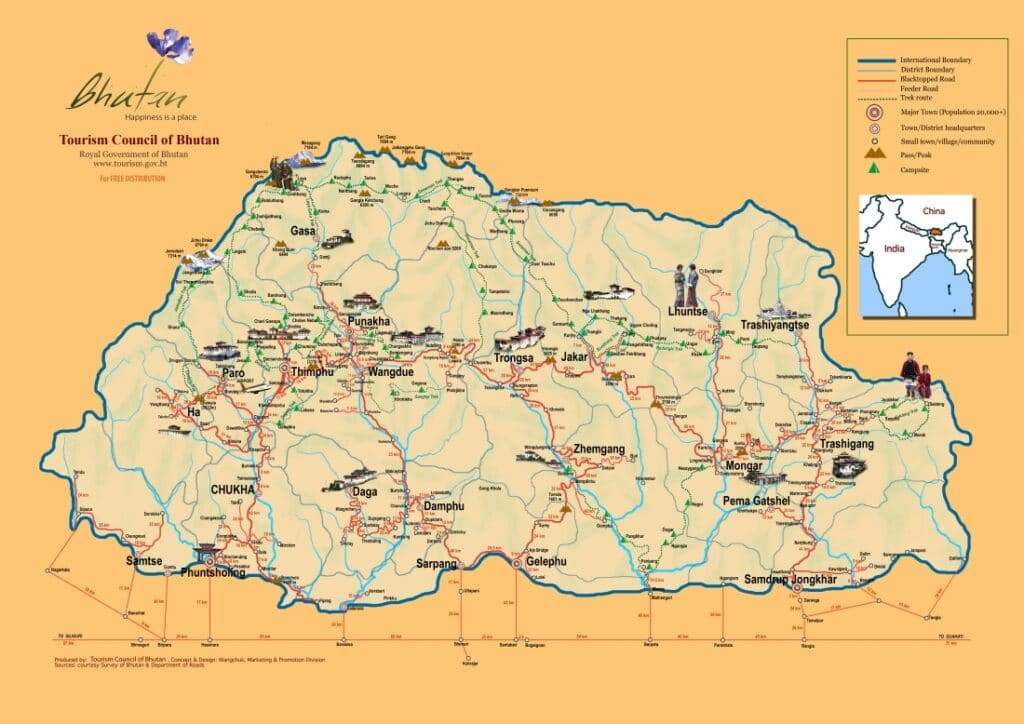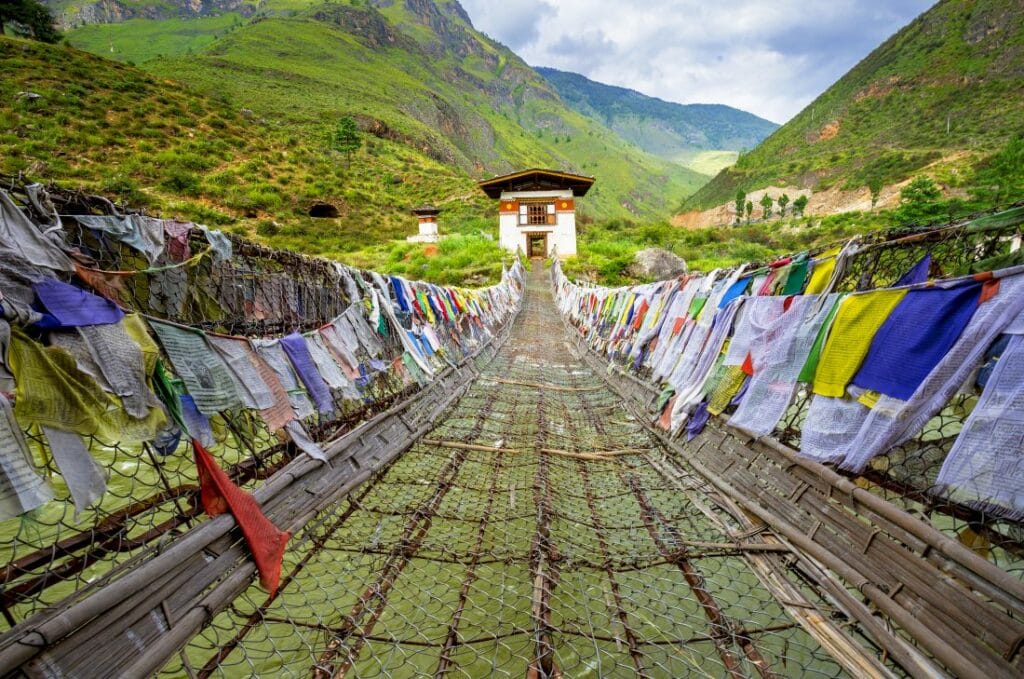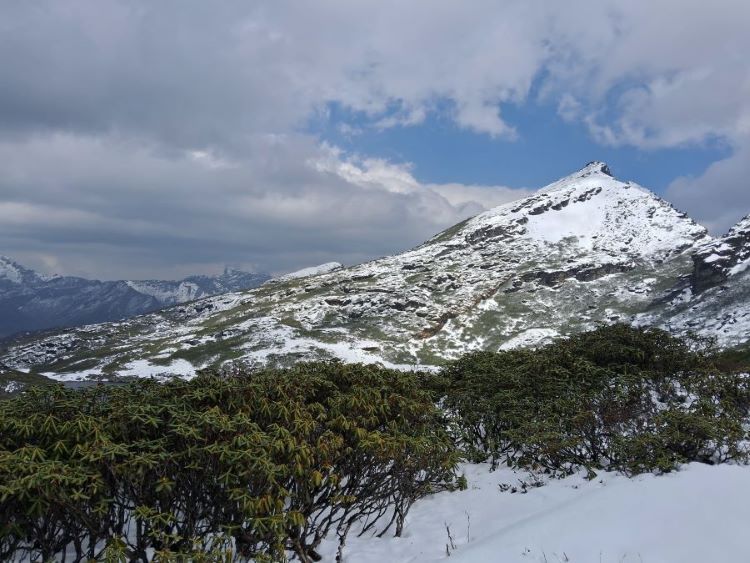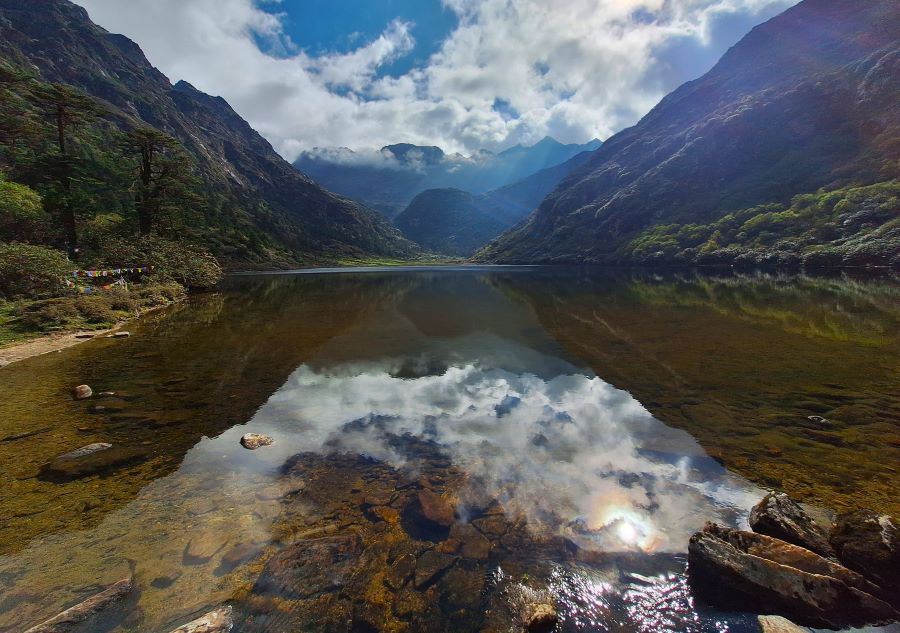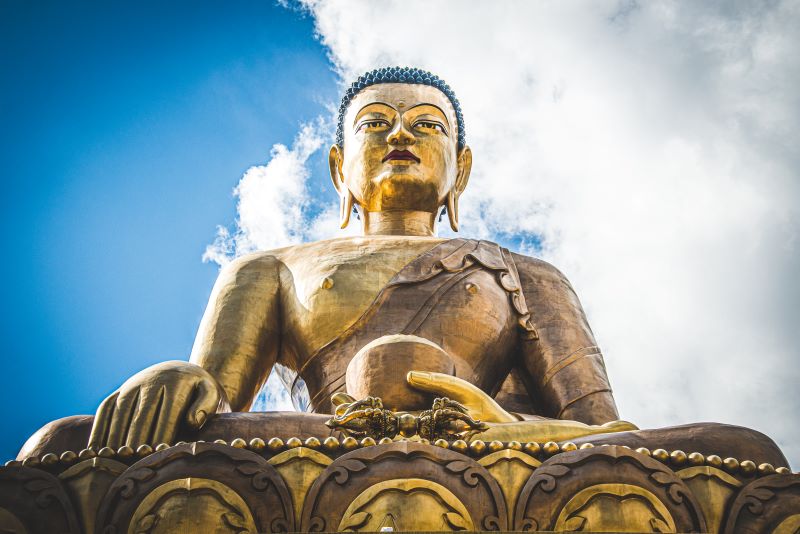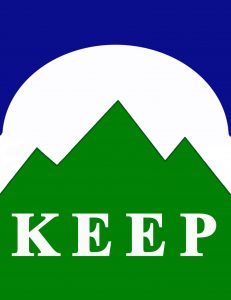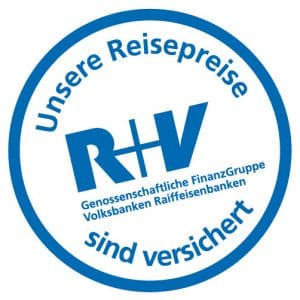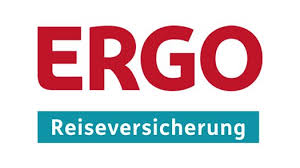Bhutan – Druk Path Trekking
- Description
- Gallery
- Trip itenerary
- Trip dates, prices and services
- Important travel information
- Request Book
The Druk Path Trek is one of the most beautiful short treks in Bhutan. It overcomes high mountain passes and connects the valleys of Paro and Thimphu. The path leads through spectacular rhododendron forests, alpine yak pastures and beautiful lakes with mountain trout.The trek begins with a hike through apple orchards and pine forests, past the ruins of Jili Dzong (monastic fortress), which sits on a high grassy ridge with breathtaking views of Mount Chomolhari (7,326m) to the north.
Over the next 5 days we climb above the tree line and cross several passes, including Phume La (4,210 m). On the way we enjoy the magnificent views of the Himalayas along the Bhutan-Tibet border, including Mount Chomolhari, Jichu Drake (6,662m) and Gangkar Puensum (7,570m). The crystal clear lakes and the atmosphere of the Eastern Himalayas seem otherworldly.
Another highlight is the hike to the world-famous Tiger’s Nest Monastery high above the Paro Valley. After your hike, spend time exploring the main attractions of Thimphu and the lush Punakha Valley. Combined with the opportunity to experience the fascinating culture and sights of the Thunder Dragon Kingdom, this makes for the perfect trekking and cultural holiday in this unique Himalayan country.
On this hike you will cross several passes at over 4000 meters and generally spend most of the time at altitudes over 3,800m. Good fitness and altitude tolerance are therefore a prerequisite for participation.
As you travel to the selected departures, you will also visit one of Bhutan’s most significant and vibrant festivals – the Paro, Punakha or Thimphu Tsechu – a highlight of any visit.
Day 1: Arrival in Kathmandu and transfer to the hotel – welcome dinner
You will be picked up at the airport and driven to your reserved hotel. In the evening you will be invited to a tasty welcome dinner to get to know the diverse dishes of Nepalese cuisine. Overnight in Kathmandu Guest House or similar category, (D).
Day 2: Sightseeing in Kathmandu, Boudhanath, Pashupatinath, Swayambunath
Today you explore Kathmandu with a local guide. The selected locations are the Buddhist/Hindu temple Swayambhunath, also called the Monkey Temple, which is reached via a long staircase and offers great views of Kathmandu. Other important sights include the Hindu temple complex of Pashupatinath, located on the banks of the Bagmati River, with cremation grounds, and the holy Buddhist Boudhanath Stupa, which is decorated with colorful prayer flags. This stupa has been an attraction for Buddhist pilgrims for many centuries, who circle the structure several times turning prayer wheels, praying and murmuring mantras (kora). Overnight stay in Kathmandu Guest House or similar, (B).
Day 3: Flight Kathmandu to Paro (2,250m) – approx. 1 ½ hour hike
We set off early in the morning for a one-hour flight to Paro. If the weather is clear, we should have fantastic views (from the left side of the cockpit) of much of the eastern half of the Himalayas, including the 8,000-meter peaks of Everest, Nuptse, Lhotse, Makalu and Kanchenjunga. After completing the visa formalities in Paro, we drive to our hotel. After a break and lunch, we first visit the National Museum. Towering over Paro Dzong is the Ta Dzong (watchtower), which was built in 1649 for protection and renovated in 1968 to now house the National Museum. The unusual round building is said to be shaped like a mussel shell and has 2.5 m thick walls. The 4th floor entrance begins with a description of early history, perfectly illustrating how magic and science are inextricably linked in Bhutan. Information about tools from the Stone Age can be found alongside descriptions of battles between gods and demons. The Thangka Gallery shows exhibitions on the four schools of Tibetan Buddhism (Sak-ya, Nyingma, Gelug and Drukpa). We then take a leisurely 1.5-hour hike along the forested hill to Zuri Dzong (2,500 m). from 1352 and then down to the Uma Resort, where we will be picked up by our driver. Even though the hike doesn’t take long, it helps us acclimatize. Overnight stay in Tashi Namgyel or similar category, (B|L|D).
Day 4: Warm-up hike to Taktsang (3,100m), also known as Tiger’s Nest Monastery (3,120m) – approx. 5 hours
We leave the town of Paro and after a short drive we reach the starting point of the hiking trail that leads to the famous Tiger’s Nest and the Taktsang Monastery. Bhutan’s most famous monastery was recently registered as one of the holiest places in the world. Taktsang sits at 3100m above sea level, on a cliff overlooking the Paro Valley, and is said to be the place where the legendary Indian saint Guru Padma Sambhava flew from Tibet on the back of a tigress in the 8th century to defeat five demons , who opposed the spread of Buddhism in Bhutan. It is a steep climb through the forest that takes about 1½ hours to reach the tea house at the viewpoint. If you don’t want to climb any further, you can relax here while others continue on. On the five-hour intensive but worthwhile mountain tour to the monastery, which covers over 900 meters in altitude, body and soul should be cleansed in equal measure, and the view of the monastery up close is also worth the effort. We recommend taking trekking shoes, trekking poles and plenty of water with you. Please note there are around 1000 steps up and down. Overnight stay in Tashi Namgyel or similar category, (B|L|D).
Day 5: Drive for about an hour and start the trek to Jila Dzong (3,500 m) – 4 to 5 hours hike
Today we set off on our 5 day/4 night hike. The route is part of the original mule track that connected the Thimphu Valley with the Paro Valley and finally Bhutan with the Indian border. We drive about an hour to Damchena (Damchegon 2,970m), where our crew is waiting for us. The hike follows a gravel road for about 2 hours and 30 minutes, past some farms, and then climbs a steep ridge before passing through blue pine and fir forests. As soon as we reach the ridge below the Jili Dzong, we descend about 100 m to the campsite below the Dzong. After a break, we start with a steep climb that lasts about an hour, then the gradient becomes a little more even and the climb is slower. The hike first leads through pine trees, then bamboo, then birch trees and finally rhododendrons. We may see shepherds and their yaks around us and visit Dhochorten Gonpa, founded as the Drukpa Kagyu Monastery in the 14th century. We will marvel at a lot of interesting flora and fauna throughout the day. After visiting the monastery, we return to the campsite the same way. The hike there and back takes about two and a half hours. Overnight stay in a tent (B|M|D).
Day 6: Jili Dzong to Jangchulakha (3,740m) – 6 to 7 hours hike
From the campsite we start with a steep climb that lasts about an hour and a half, then it continues a little flatter and the climb is slower. On a clear day, Bhutan’s second highest mountain, Mt. Chomolhari, 7,314 m, can be seen from the ridge. The path now follows a ridge for a short time before descending into the forest. The route then winds along magical paths along mountain slopes where many different types of rhododendrons grow. Occasionally we can meet local yak herders and enjoy the wonderful mountain views including another major peak called Kangcheeta. We will see that this mountain has two peaks and is divided by a straight, pronounced gorge. The locals believe that Kangcheeta is the brother of Chomolhari (female mountain goddess) who beat him with a stick because he wanted to marry her. In the south, the Dagala Mountains dominate the horizon. Finally we pass a series of yak herder clearings and spend the night in the largest of them. Because Jimelang Tso can freeze over in November, our camp will be in Tsokam (3,850m), about 45 minutes above Jangchulakha. Overnight stay in a tent (B|M|D).
Day 7: Jangchulakha – Jimelang Tsho (3,870m) – 6-7 hours hike
From the camp, the path climbs up to the ridge and then crosses it, first on one side and then on the other, with breathtaking mountain views. Finally we cross a small pass (4,150m) and circle around it until we reach Lake Jimi Langtsho. This is a large, beautiful lake full of trout, with a large chorten (religious obelisk) at one end.
In November our camp will be in Jana Tso (3,880m). The route zigzags down to the lakeshore, which is densely covered with rhododendrons and surrounded by rocky cliffs. The trail then heads up from the lake and along cliff paths with massive drop-offs below. Eventually the path goes around a series of mountain ridges until you arrive at the second lake, Jana Tsho, another magical campsite. Overnight stay in a tent (B|M|D).
Day 8: Jimelang Tsho to Simkotra Tsho/Labana Camp (4,090m) – 4 to 5 hours hike
Another great day of hiking through dwarf rhododendron forests and past Lake Janetso, with beautiful mountain views awaits us. The route leads from the camp on a rocky path up to Janye Tsho Lake at 3,956m. We climb even higher to a saddle at 4,150m and then descend briefly to Simkotha Lake (4,090m), the highest lake on our hike. From the lake there is a gentle up and down path to Labana Camp at the foot of the Labana Pass. Overnight stay in a tent (B|M|D).
Day 9: Trek Labana, over the Labana Pass (4,220m) and trek to Mothithang (2,800m) – drive to Thimphu (2,340m) – 5 hour hike and approx. 30 min drive
Today the path gradually climbs to the highest point of this hike, the Labana Pass at 4,220 m. The views become increasingly spectacular and on a clear day we can see Gangar Peunsum (7,570m), Table Mountain and much of the Bhutan Himalayas. The Thimphu Valley now lies far below. From above we cross the slope with fantastic mountain views and descend towards Thimphu. There are a few small climbs over some saddles, but the general trend is downhill. We descend another 1300m through blue pine forests until we end our hike in Motithang, just above Thimphu, the capital of Bhutan. We should reach our hotel in the late afternoon and enjoy a long-awaited shower. Overnight stay at Hotel Pelyang Boutique, (B|L|D).
Day 10: Thimpu sightseeing and drive to Punakha (1,400m)
Today we spend the day visiting the main attractions in and around Thimpu, including the Memorial Chorten, built in 1974 in honor of the third king Jigme Dorji Wang-chuk, and Buddha Point, a large Buddha statue located on the hillside View of Thimpu was built. Thimpu has several museums and an art school, the post office and market are interesting, and there is a takin area above the town. Your guide will do their best to show you as much as possible in the time available and depending on opening times.
After the sightseeing tour we drive to the Punakha Valley (1,220m). Punakha served as Bhutan’s capital until 1955 and is now the winter residence of the central monks’ association. On the way we will stop at Do Chula Pass at 3,150 meters to admire the 108 chor-ten built in three levels. With a bit of luck and good weather conditions we will be able to see the main Himalayan ridge from there. Afterwards, a visit to the Mad Man’s Temple (Chimi Lhakang) is on the daily program. The temple, built in 1499, stands on a small hill in the middle of the valley. It was dedicated to the Lama Drukpa Kunley (1455-1529), also known as the “Divine Madman”, who gained fame for his humor, his songs and also his outrageous behavior. At an altitude of 1,350m, the temperature difference in Paro is clearly noticeable and the flora has now also changed significantly. Overnight stay at Meri Peunsom Resort or similar category, (B|L|D).
Day 11: Sightseeing in Punakha and drive to Paro (2,250m)
After breakfast, we set off on the short 10-minute drive through Punakha to visit the Punakha Dzong, one of Bhutan’s most famous attractions. The main monastery/fortress at Punakha was the power base for the old system of reincarnated rulers. The remains of the original ruler of Bhutan, Nawang Namgyal, are kept in a small room at the top of the tallest tower. Only the king and the head of the monastic order are allowed to enter this room. Provided the head of the monastic order and his monks are in Thimphu, it should be possible to visit the courtyards of the Punakha Dzong. After visiting the Dzong, we will be picked up by our driver for the drive back west to Paro, having lunch along the way. If we didn’t visit the Drukpa Kunley temple yesterday, there should be time today. On the way to Paro we will undoubtedly stop again at Dochu La Pass to once again enjoy the view of the eastern Himalayan peaks when the weather is nice. If time permits, we will visit the Paro Dzong in the afternoon. Built in the 17th century, the fortress was one of Bhutan’s most massive and important, and several times managed to defend the Paro Valley from Tibetan invasions. Scenes from the 1995 film “Little Buddha” were filmed in the Dzong. Please note that the above itinerary is subject to change depending on flight times, which are generally unpredictable. Overnight stay at Hotel Tashi Namgyel or similar category, (B|L|D).
Day 12: Flight to Kathmandu, drive to Bhaktapur – free time
We are flying back to Kathmandu today and will be driven to Bhaktapur immediately upon arrival. Bhaktapur is located 12 km east of Kathmandu on the Arniko Highway, which leads to the Chinese border. Covering an area of 6.4 km², Bhaktapur has managed to retain its authentic ambience with cobbled streets, charming red brick houses and a way of life that dates back to the Middle Ages. This ancient city is also famous for pottery and wood carvings, which are abundantly displayed in the squares and windows of local houses and temples. Overnight stay at Bhaktapur Heritage House or similar, (B).
Day 13: Bhaktapur sightseeing and drive back to Kathmandu
Bhaktapur Durbar Square is a UNESCO World Heritage Site. The area is an elegant and open south-facing square surrounded by buildings from the 13th to 18th centuries. The 15th century palace of 55 carved windows called Pachpanna Jhyale Durbar and the palace entrance, the ‘Golden Gate’ – a masterpiece of repoussé art – have given this pa-last place an unparalleled splendor. The extraordinary Durbar Square with its outstanding monuments reflects the glory days of the Malla dynasty when art and architecture flourished in the three cities of the valley. After the sightseeing tour we drive back to Kathmandu. Overnight stay in Kathmandu Guest House or similar, (B).
Day 14: Drive to the airport and fly back home
You have the day at your leisure until your departure, (B).
We reserve the right to change the program due to special events, force majeure or weather conditions.
B = Breakfast | L = Lunch | D = Dinner
B = Breakfast | L = Lunch | D = Dinner
German guided tour
English guided tour
07. December 2024
3.690 €
Request non-bindingBook bindingly
16. March 2025
Punakha Tshechu
3.690 €
Request non-bindingBook bindingly
11. April 2025
Talo Tshechu in Punakha
3.690 €
Request non-bindingBook bindingly
22. April 2025
Paro Tshechu
3.690 €
Request non-bindingBook bindingly
01. May 2025
3.690 €
Request non-bindingBook bindingly
15. May 2025
3.690 €
Request non-bindingBook bindingly
29. May 2025
3.690 €
Request non-bindingBook bindingly
23. October 2025
3.690 €
Request non-bindingBook bindingly
06. November 2025
3.690 €
Request non-bindingBook bindingly
20. November 2025
3.690 €
Request non-bindingBook bindingly
Download Bhutan Festival overview Festival_Dates_2024 and 2025
This tour can also be booked for your individual group at an additional cost at dates other than shown here.
Duration: 14 days
Costs: 3.690€ per Person
Group size: min. 2 Persons (all the tour dates are guaranteed with a minimum group size of only two persons)
€ 450 for single room supplement (only for hotel accommodation, for tent overnight stays during the trek, especially during the high season, single accommodation is not available)
What’s included:
- Airport transfers in Bhutan and Nepal
- Flight from Kathmandu Paro–Paro-Kathmandu and 20kg free luggage
- All relevant surface transfer
- All hotel accommodation with breakfast in Nepal
- English speaking Tour Guide in Nepal and Bhutan
- All meals in Bhutan, (B|L|D)
- Camping equipment, cook and helping personal
- Sightseeing with entrance fees, guide and vehicle
- Permit, National Park Entrance/Conservation Fees
- Guide & Driver in Bhutan
- Tourist fee per day and person, in Bhutan
- Quality service
Not Included:
- International Flights
- Additional tours and meals that are not mentioned
- Beverages
- Personal bills
- Visa Nepal (approx. US$ 50) and Visa Bhutan (US$40)
- Excess baggage charge (beyond 20 Kg each)
- Insurance (for cancellation, accident, health, emergency evacuation and loss, theft of or damage to baggage and personal effects)
- Tips
Visa
Visa fee for Nepal is not included in the price and will be paid in the airport at arrival in Kathmandu (around US$ 50) . Two passport size photographs must be provided for the visa. At the time of the trip your passport must be valid for at least a further six months and have at least two blank pages.
These visa and passport regulations apply to EU countries, Switzerland and the USA. Other nationals should check with the relevant consular authorities.
Vaccinations
There are no vaccinations required for traveling to Bhutan at this time. However, you should be vaccinated against tetanus, hepatitis A and diphtheria. We recommend you consult your GP (general practitioner) in good time, about three months before your trip.
Insurance
Travel health insurance (with rescue costs) is essential for your own safety and a prerequisite for booking our trips. In the event of an accident in a country that requires a helicopter, it will not take off until the full cost coverage has been clarified. We strongly recommend that you take out travel cancellation insurance. Flights at bargain prices in particular cannot usually be re-booked or canceled free of charge. Complications with your health could also occur in the travel destination that force you to discontinue your trip.
We have requested ERGO (Reiseversicherung) to create various service packages for you. You can book travel cancellation insurance at www.reiseversicherung.de.
Please note: ERGO insurance can be booked by residents of Germany and Austria. Those living in other countries are requested to book their travel insurance through an insurance provider in their own country.
It should be noted that geoDiscovery Tours advises its customers to book their travel insurance via ERGO as a recommendation only, and accepts no responsibility for the contractual content between the customer and the travel insurance provider. Customers can book their travel insurance via ERGO or another provider at their own discretion.
Flying in Bhutan and Nepal
The flights booked by us, between Nepal and Bhutan are with Bhutan Air or Druk Air. The domestic flights in Nepal booked by us are with Tara Air, Yeti Air, Sita Air, Summit Air or Buddha Air.
The hotels and lodges booked by us
In Nepal and Bhutan the hotels we book are good and correspond to medium-level Western standards. Sanitary facilities are clean and functional; the hotel cuisine is adapted to Western eating habits and the food is safe to enjoy. In Nepal, there may sometimes be power cuts or no hot water available for a while. The hotel staff is generally very friendly and looks after the welfare of guests. The hotels booked by us are as follows:
In Bhutan
Thimphu: Pelyang Boutique, Phuntsho Pelri
Phobikha: Hotel Dewachen, Hotel Pobjikha
Bumthang: Hotel Kalia, Ugyen Ling
Punakha: Meri Peunsom Resort, Zinkham, River Valleys
Paro: Tashi Namgyel, Khanku Resort, Shomo Chuki
In Nepal
Kathmandu: Hotel Tibet/Manaslu ***+
Pokhara: Mount Kailash Resort, Lake side retreat ***
Lumbini: Hotel New Crystal ***
Chitwan: Jungle Villa Resort
Nagarkot: Nagarkot Farmhouse
Tour program
The travel program for all of our recommended tours is carefully planned. It can happen, however, that roads are closed without advance notice or are impassable, that there are waiting times of several hours because of traffic congestion or fuel shortages and that specific tourist attractions are closed for various reasons. Other restrictions such as flight delays or even cancellations due to bad weather, strikes or the health of participants may also make the implementation of the travel program more difficult or at worst make it impossible. However, our local guides are prepared for such situations and will make every effort to achieve every aspect of the program to your satisfaction. As a result the inconvenience can normally be kept to a reasonable level. Nevertheless, it must be pointed out at this juncture that for the above reasons program changes are possible at any time and cannot be influenced by the organizers. The resulting costs are borne by the traveler. We ask for your understanding.
Road Situation
Despite high mountains, steep slopes, and the deepest of valleys Bhutan has a relatively well developed network of roads. It is difficult to find a length of either straight or flat road. In some stretches one can encounter 6 to 7 bends per kilometer! Steep ascents and descents are characteristic of road travel in Bhutan and this can make traveling much slower than one may be used to. The average driving speed is 40 km per hour. Travelers need to be adaptable, however.
Trip Details
- Duration: 14 days
- Holiday Type: Camping / Hotel
- Best trekking period: Oct/Nov/Dec/Feb/Mar/Apr/May
- Difficulty: Moderate
- Max Altitude: Labana Pass at 4,220 m
- Group size: Min. 3 persons (all the tour dates are guaranteed with a minimum group size of only three persons)
- Tour guide: English speaking, trained Nepalese/Bhutanese mountain guide/tour leader
-
Difficulty:
-
Fitness:
- Price: 3.690,00 €
-
Single room supplement:
450,00 €
(only for hotel accommodation, for tent overnight stays during the trek, especially during the high season, single accommodation is not available)


 Bhutan
Bhutan 